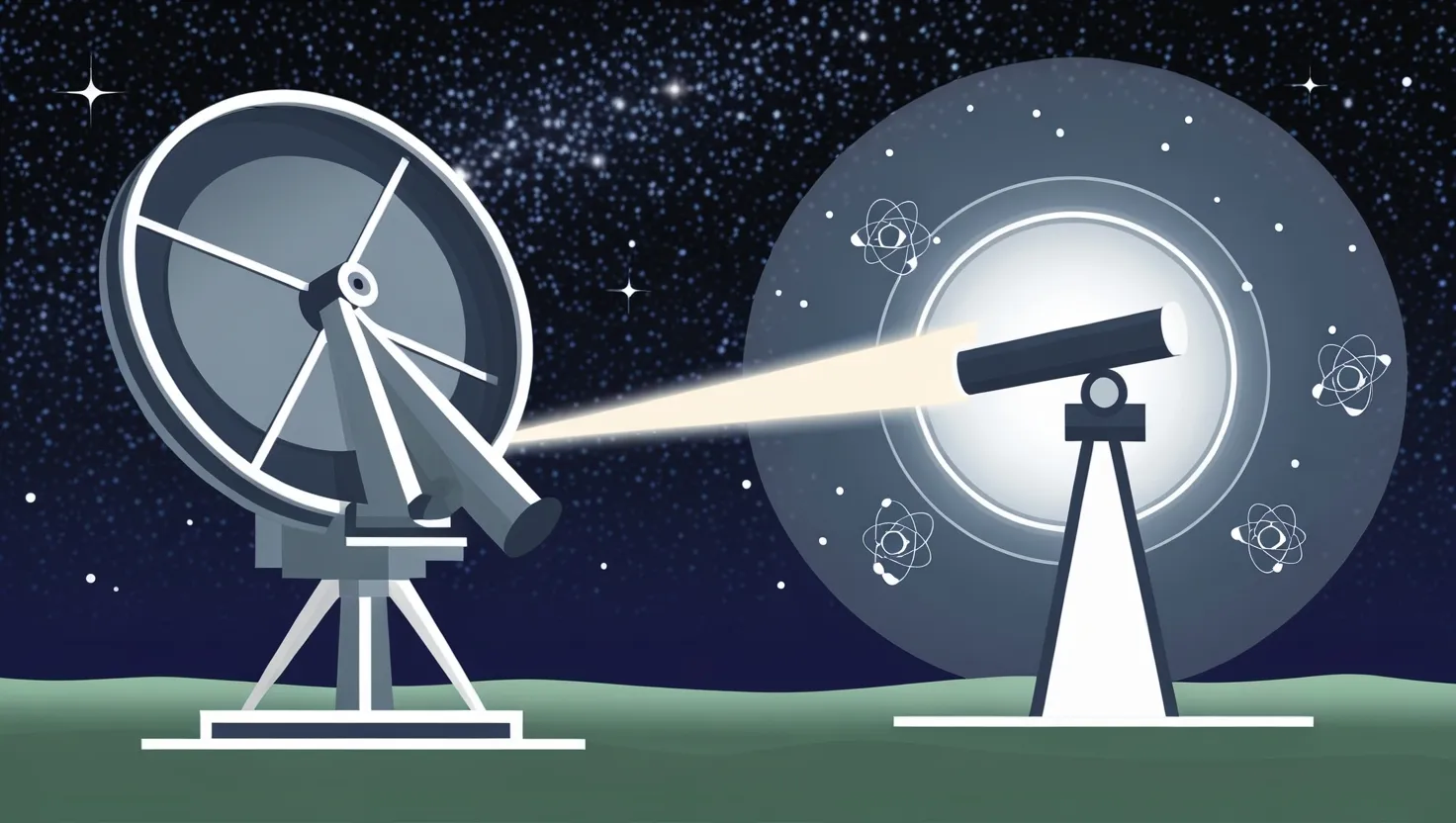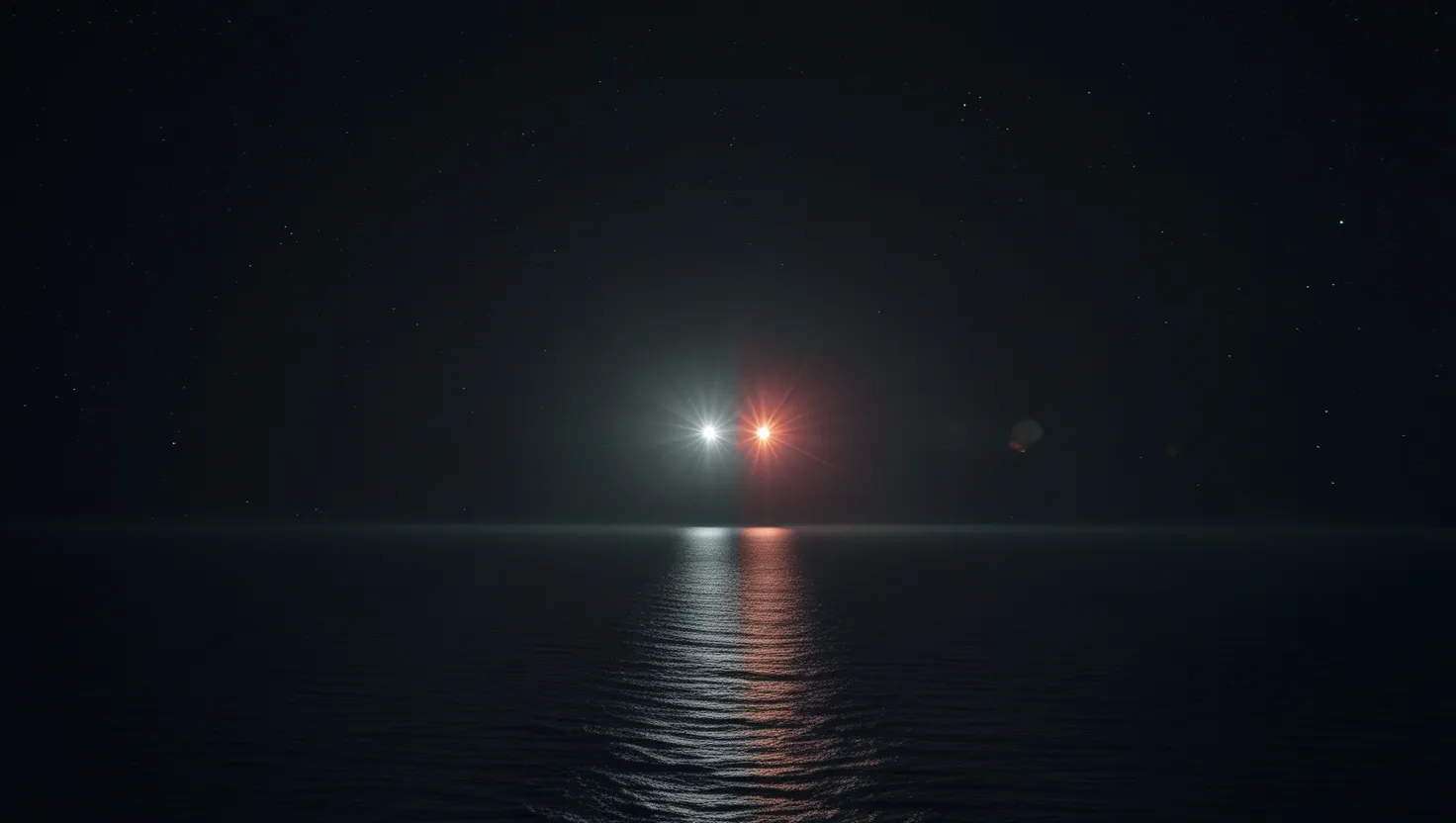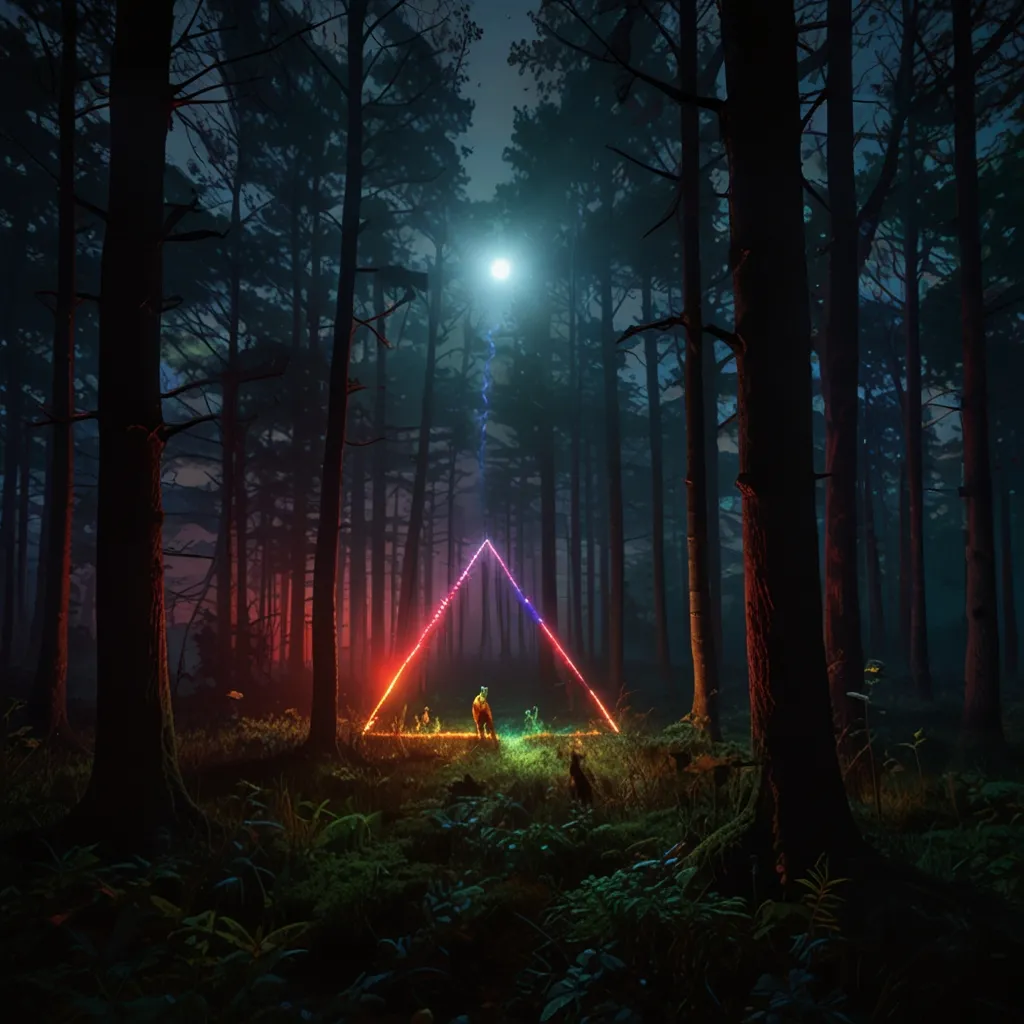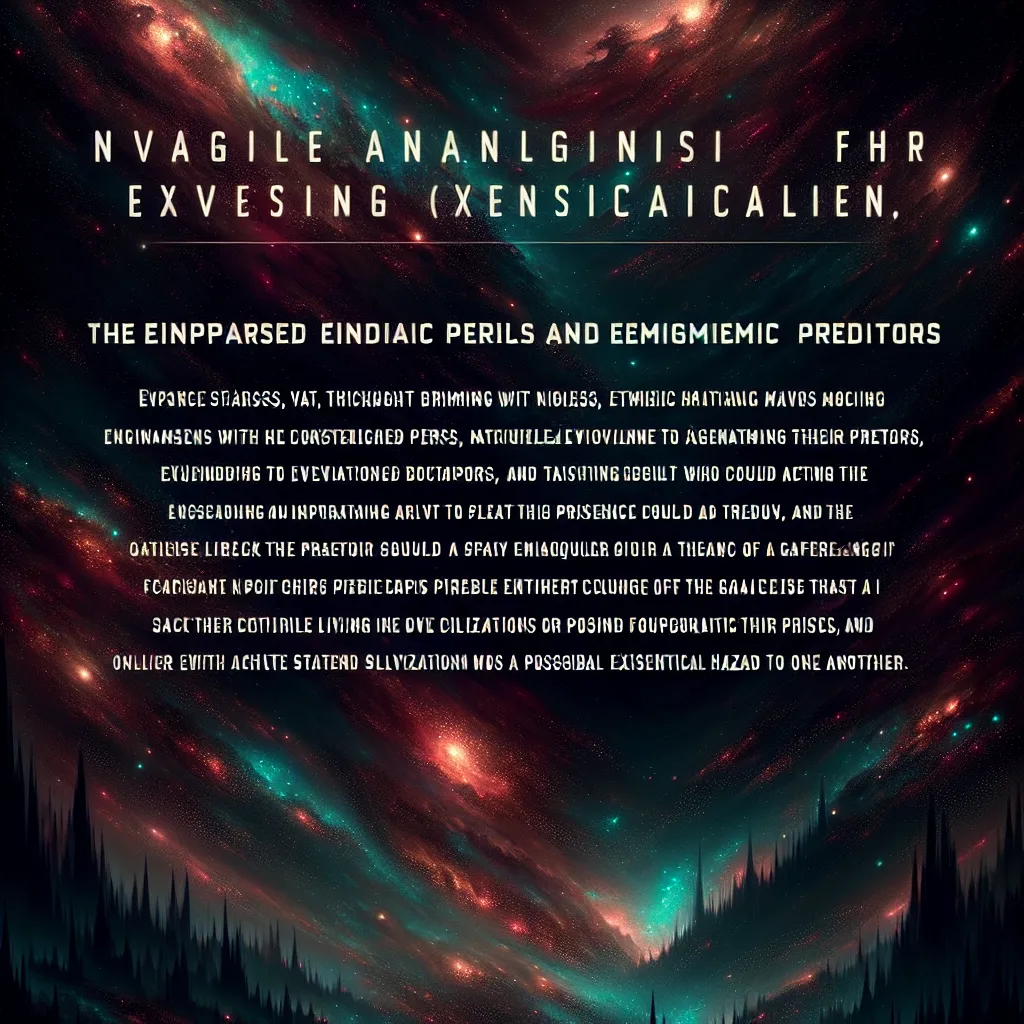When I first learned about the Wow! Signal, it was hard not to be drawn in by its mystery. Imagine this: late at night in August 1977, a radio telescope quietly sweeping the sky, then—suddenly—a burst of energy, startling in its precision and intensity. It lasted only 72 seconds, yet nearly fifty years later, it still engineers excitement, debate, and deep curiosity. Why did it happen just once? Where did it come from? Could we have missed a message from another world? These questions refuse easy answers, and that alone gives the Wow! Signal its lasting grip on anyone searching for signs of life beyond Earth.
Jerry Ehman, the astronomer who first reviewed the signal, was so surprised by the numbers he saw that he wrote “Wow!” in the margin of the printout. Since then, those three letters have become shorthand for one of astronomy’s greatest puzzles. What makes this single burst truly remarkable isn’t its intensity alone, but its specific frequency—about 1420 MHz. This is the natural emission line of hydrogen, the simplest and most common element in the universe. Scientists expect any intelligent civilization that knows physics would recognize hydrogen’s importance. Is it possible that this frequency was chosen with the hope that someone would be listening? If so, were we lucky enough to catch a cosmic “hello” in progress?
“Somewhere, something incredible is waiting to be known.” —Carl Sagan
Of course, it’s tempting to assume the signal’s source was extraterrestrial. The signature matched what we might expect from an intentional transmission, not a natural fluke. Yet, the universe rarely gives us straightforward answers. Natural objects like pulsars or quasars are noisy, but their emissions don’t look like the sharp, focused pattern observed in the Wow! Signal. Even comets have been examined as culprits, with new data showing no likely suspects passing through that slice of sky at that exact moment. Satellite interference? The frequency wasn’t used by known satellites, especially not in that direction. Radio frequency interference from Earth? Also ruled out. Every logical human explanation hit a dead end.
What if the signal was a once-in-a-lifetime cosmic event we happened to catch by accident? That idea is thrilling and frustrating at once. Some researchers looked to odd corners of astrophysics, postulating rare phenomena might produce such a signal. Theories about magnetar flares, neutral hydrogen clouds, and even transient “superradiance” events paint a picture of the universe with hidden mechanisms that can mimic intelligent transmissions. Yet, none of these ideas fully account for what was observed, and so the Wow! Signal stands apart—for now.
I often think about the extraordinary odds at play. The Big Ear telescope was designed to scan the sky as the Earth rotated, catching signals only within a narrow window. The Wow! Signal appeared on just one of 50 channels, meaning its origin had to be precisely aligned, at exactly the right glance. Why send such a singular message? Was it a deliberate greeting beamed across space and just missed by Earth’s rotation the next night—or a fleeting oddity, the interstellar equivalent of lighting striking twice in the same spot?
“The universe is not only stranger than we imagine, it is stranger than we can imagine.” —J. B. S. Haldane
Every attempt to find the signal again has failed. This is perhaps the most perplexing piece of the mystery. Despite targeted searches with powerful radio telescopes, nothing like the Wow! Signal has ever repeated from that direction. Is it possible that such cosmic signals are simply extremely rare, and we need years—maybe centuries—of listening? Or are intelligent civilizations not broadcasting at all, opting for communication methods we haven’t yet dreamed of? That silence is haunting, making the lone burst feel even more significant.
Did you ever wonder whether, out there in the cosmos, other civilizations might avoid radio transmissions entirely? Maybe they use quantum entanglement or send physical probes instead. The Wow! Signal has sparked discussions about “cosmic etiquette.” If civilizations want to avoid attention, especially from more advanced or hostile neighbors, maybe they communicate in cryptic, fleeting ways. It raises a curious question: If the Wow! Signal truly was a message, perhaps it was designed to be read only once, by listeners who happen to be in the right spot at the right time.
Another possibility is the challenge of detection itself. Earth’s radio noise is growing; our own transmissions spill out into space, crowding the spectrum. It’s like trying to hear a whisper in a busy cafe. Maybe the Wow! Signal was not as unique as it seems, and we simply miss signals that hide in the crowded frequencies or last only a moment. How many mysteries like this slip through our nets each year?
“To confine our attention to terrestrial matters would be to limit the human spirit.” —Stephen Hawking
The Wow! Signal, despite its brevity and singularity, continues to inform SETI research. Modern searches use more sensitive equipment, smarter data analysis, and new techniques focused on catching transient “technosignatures.” Some projects scan millions of stars for similar peaks, hoping lightning strikes twice. Think about how improbable that is: All of SETI’s listening hours, covering decades and entire swathes of sky, have found nothing quite like it. Does that mean nothing is out there, or only that we haven’t looked in the right way?
As an astronomer, I often find myself reassessing how little we truly know about the universe. The Wow! Signal reminds us how much depends on timing, technology, and sheer luck. It also challenges the way we think about contact—direct transmission may not be the method other intelligent beings prefer. Why should their communication look anything like ours? Maybe the Wow! Signal is humanity’s cosmic Rorschach test: It invites us to project hope, curiosity, and sometimes fear onto a quiet data printout from the past.
Have you considered why this particular event inspires so much fascination across disciplines? It’s not just an astronomical mystery but a cultural one. The unanswered question bridges science and philosophy, asking us what it would mean to find evidence of life elsewhere. Would we recognize the message if it came again? What would we do next?
“We are a way for the cosmos to know itself.” —Carl Sagan
New research always brings fresh perspectives. The possibility that natural processes could create patterns so similar to engineered signals is an intriguing twist. If superradiance, magnetars, or other mechanisms can make hydrogen clouds sparkle just so, then perhaps intelligent transmission isn’t required—at least for this puzzle. It’s a humbling realization: sometimes cosmic noise can play tricks with our expectations. Yet, the fact that the Wow! Signal hasn’t repeated still pushes the conversation forward. In science, the unexplained doesn’t go away—it becomes tomorrow’s challenge.
Sometimes I imagine the beings behind the signal were not reaching out, but simply living their cosmic lives, beams sweeping across the sky as a consequence of their activities. Maybe it was never meant for us, and we are merely eavesdroppers. In this light, the Wow! Signal becomes a shared experience with the universe—a brief flash that reflects our capacity for curiosity and wonder.
Where does all of this leave us? We keep listening. The mystery isn’t finished; it’s paused, waiting for better tools, new ideas, or a lucky repeat. Each year brings smarter techniques, deeper surveys, and the hope that another Wow! Signal is just waiting on a hard drive to be recognized. In the end, it’s the questions that matter most. What makes a signal extraordinary? What counts as a message? What should we do if we find another burst—decode it, reply, share with the world?
“Science is a way of thinking much more than it is a body of knowledge.” —Carl Sagan
The Wow! Signal endures not just as a data point but as a symbol. It stands for a moment when the vastness of space felt just a little less empty, and the ordinary routines of data analysis gave way to awe. The message, if it was one, has yet to be decoded—and maybe it never will be. Yet its impact is unmistakable. It’s a story told not just in scientific journals but also in novels, movies, and everyday conversations about possibility.
If you’re waiting for cosmic contact, the Wow! Signal is both a challenge and a promise: somewhere out there, the universe is full of wonders, many still hidden and many just beyond the reach of human understanding. The only thing to do is keep listening.






